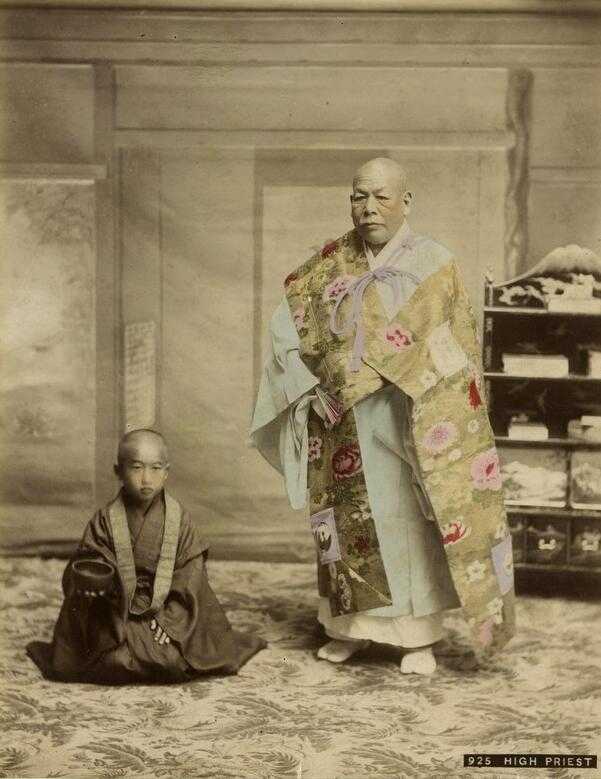
Figure 1.-- Here we see a late-19th century portrait of a Buddhist priest and a young noviate. Notice the shaved head and begging bowl. |

|
Buddhism originated in India and traveled east along the Silk Road to China where it prospered at the same time it declined in India. Ruddhism reached Japan after Shinto, a native religion, had become well established. Buddhism came later (6th century AD). There was not just one single event in which Buddhism was brought to Japan. Rather it was constant contact with China and Korea which allowed Buddhism to reach Japan. Buddhism arrived as a series of imports over an extended period. Buddhists from China and Korea traveled to Japan and Japanese devotees and monks traveled to China and Korea. Trade and commerce were the primary medium. China was able to conquer Korea, but never Jsapan. Even the Mongols failed. Thus many strains oif Buddhism were introduced to Japan and this only multiplied over time. This was part of the wider transition of Chinese cultural traditions to Japan. Wjile a Chinese import and influenced by trends on the mainland, Buddhism in Japan developed its on destinct character and pursued paths that did not develop in China itself. not followed on the mainland. One of te interesting developments in Japan was the relationship between the native Shinto faith and the imported Buddhist religion. In most countries different religions become competitors for the faith of devotees. In Japan, however, the two religions coexisted and influenced each other. Not only did the Japanese people worshipo at both Shinto shrines and Budhist temples, but elements of Buddhism became deeply itertwined with Shinto. Political leadershio, both the emperpor and shoguns did not interfere, in shsarp contrast to the approach taken to Christianity. Thus Buddhism had an impact on Shinto practices as Shinto has influenced Buddhist beliefs. This interaction can be seen, for example, in honji suijaku, in which Shinto kami came to be seen as the incarnations of Buddhist deities. The militarist regime thar rose in Japan after World War I took a different approach. Shinto not only was the state religion with requyire attendance at important celebrations, but the military set out to clense Shinto og Buddhist influences.
Navigate the Boys' Historical Clothing Web Site:
[Return to the Main individual religion page]
[Introduction]
[Activities]
[Biographies]
[Chronology]
[Clothing styles]
[Countries]
[Bibliographies]
[Contributions]
[FAQs]
[Glossary]
[Images]
[Links]
[Registration]
[Tools]
[Boys' Clothing Home]
Navigate the Boys' Historical Clothing Japanese pages:
[Return to the Main Japanese religion page]
[Return to the Main Buddhist page]
[Return to the Main country religion page]
[Choirs]
[Department store catalogs]
[Monarchy]
[Music recitals]
[Scouts]
[School uniforms]
